Market Analysis
In-depth Analysis of US Paints Coatings Market Industry Landscape
The US paints and coatings market is experiencing dynamic changes influenced by a combination of factors that impact both the supply and demand sides of the industry. Paints and coatings play a vital role in protecting surfaces, enhancing aesthetics, and contributing to the longevity of various structures. The market dynamics are characterized by technological advancements, environmental considerations, regulatory standards, changing consumer preferences, and the diverse applications of paints and coatings.
Technological advancements contribute significantly to the dynamic nature of the US paints and coatings market. Innovations in formulation technologies, such as water-based and low-VOC (volatile organic compound) formulations, have gained prominence due to their environmental benefits and compliance with increasingly stringent regulations. Additionally, advancements in nanotechnology have led to the development of high-performance coatings with improved durability, resistance, and specialized functionalities. These technological innovations not only enhance product performance but also address environmental and health concerns, driving the evolution of the market.
Environmental considerations and sustainability have become pivotal factors shaping the market dynamics of paints and coatings in the US. With increasing awareness of environmental impact and a focus on reducing carbon footprints, there is a growing demand for eco-friendly and sustainable coatings. Manufacturers are responding by introducing water-based, low-emission, and bio-based coatings. Additionally, the industry is exploring the circular economy by developing coatings with recyclable and reusable properties, aligning with broader sustainability goals.
Regulatory standards play a crucial role in shaping the market dynamics of paints and coatings. Government regulations, such as those imposed by the Environmental Protection Agency (EPA) and other regulatory bodies, mandate the reduction of harmful emissions and the use of hazardous chemicals in coatings. Compliance with these standards is essential for manufacturers, influencing the formulation and production processes of paints and coatings to ensure adherence to environmental and health regulations.
Changing consumer preferences and trends significantly impact the market dynamics of paints and coatings in the US. Consumers are increasingly seeking coatings that offer not only aesthetic appeal but also additional functionalities such as antimicrobial properties, easy-clean surfaces, and smart coatings with temperature or light-sensitive features. The demand for customized and specialty coatings has grown as consumers look for personalized solutions to meet their specific needs and preferences.
The diverse applications of paints and coatings contribute to the dynamic landscape of the market. From architectural coatings for residential and commercial buildings to industrial coatings used in automotive, aerospace, and manufacturing sectors, the market caters to a wide range of applications. Additionally, the protective coatings segment plays a critical role in safeguarding infrastructure, pipelines, and marine structures, contributing to the overall versatility and complexity of the paints and coatings market.
Competition within the market fosters innovation and efficiency in paints and coatings solutions. Companies are continually striving to differentiate themselves by offering high-quality products, exploring new formulations, and incorporating advanced technologies. Research and development efforts focus on developing coatings with enhanced performance characteristics, improved application properties, and reduced environmental impact, driving innovation within the industry.
Socio-economic factors, including construction trends, economic growth, and infrastructure development, contribute to the market dynamics of paints and coatings in the US. As construction activity increases and the economy grows, there is a direct impact on the demand for architectural coatings. Infrastructure development projects, both in the public and private sectors, drive the demand for protective and industrial coatings, influencing the overall consumption patterns of paints and coatings in the market.

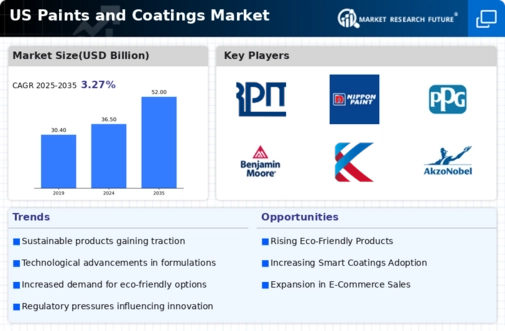
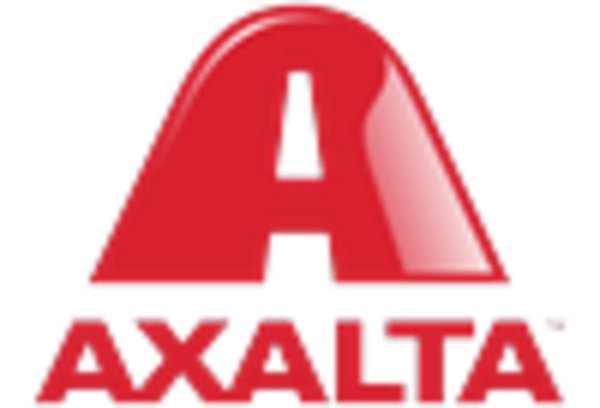
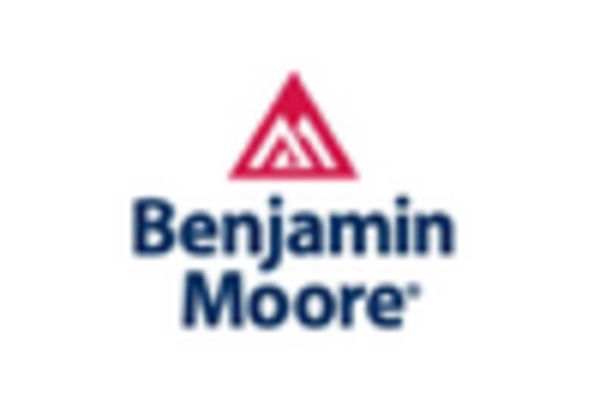
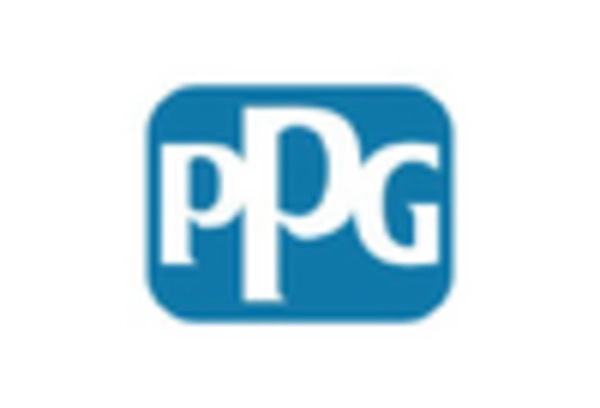
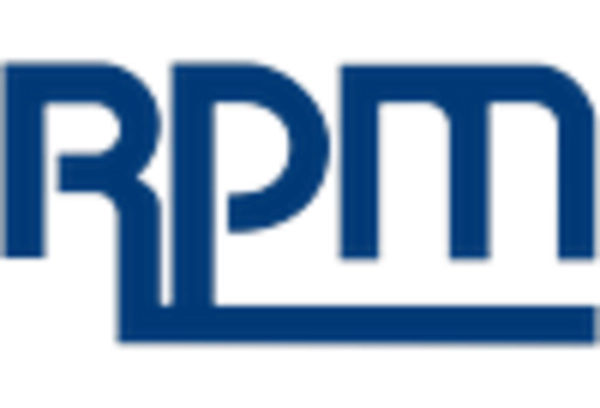
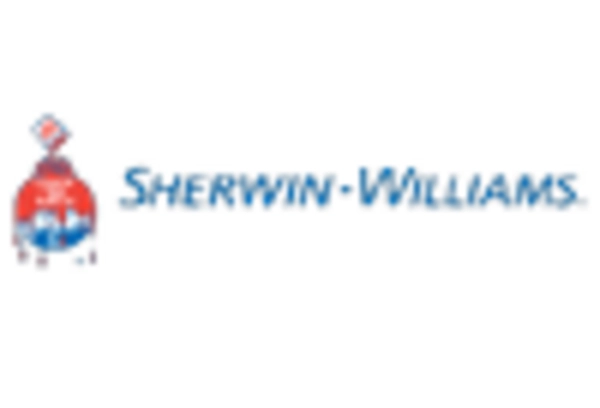
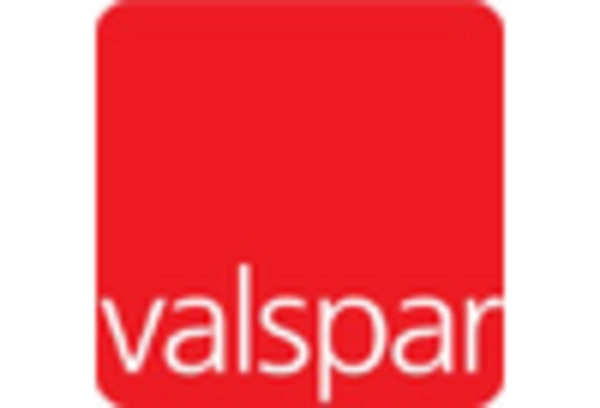

Leave a Comment